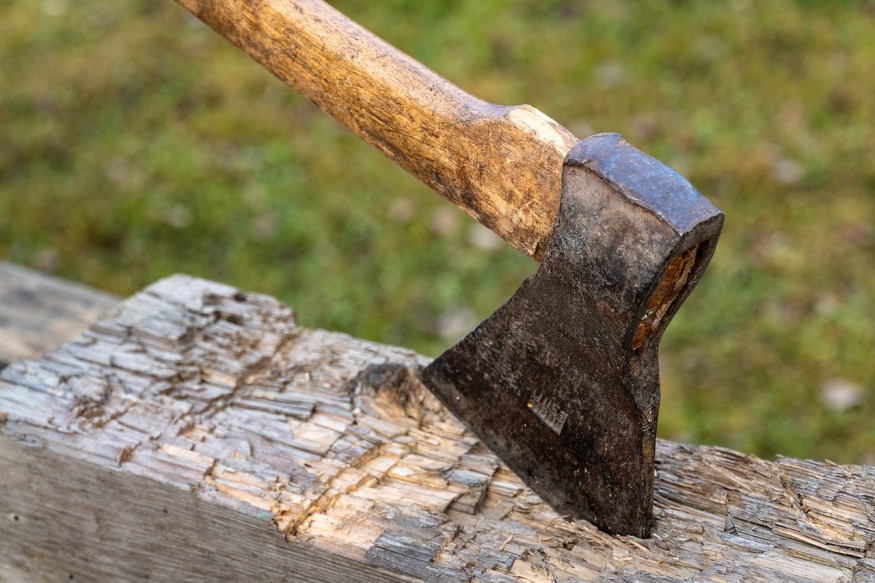
Archaeologists from Saudi Arabia were able to find an ancient axe that could possibly count as the world's largest prehistoric hand ax.
Largest Prehistoric Hand Ax in the World?
The hand axe made of basalt was discovered by an international research team at Qurh Plain, which is a prehistoric city that features stone and mud-brick houses. This is a region situated northwest of Saudi Arabia. It was founded in 600 B.C. The area was most prosperous back in the early Islamic period and was found to harbor early Islamic artifact preponderance.
The stone tool was found to be 20.2 inches in length. It is also two inches thick and four inches wide. Despite being considerably massive, the hand ax tool could be easily carried with two hands.
Both sides of the stone tool were observed to have been sharpened. This suggests that the tool could have been used for chopping or cutting. However, it remains unclear what it was used for and what specific species created it.
The age of the tool also remains a mystery. Archaeologist Ömer Can Aksoy, who serves as the project director of the excavation, explains that the hand axe needs further research for its precise date to be determined.
However, there are other tools discovered at the site that could date as far back as 200,000 years. This was based on an assessment of their characteristics and form. This means that it is also possible that the ax dates to the Middle or Lower Palaeolithic.
Archaeologists in Saudi Arabia have discovered what may be the world's largest prehistoric hand ax. The stone tool measures 20.2 inches (51.3 centimeters) long and, despite its size, is easily held with two hands, according to a statement. https://t.co/H0j5wDqfXK
— thealbedojourney (@albedojourney) November 25, 2023
ALSO READ: Scientists Recreate How Axe Gruesomely Blew Medieval Warrior's Face
A Novel Finding
The massive ax was nearly missed by researchers. Aksoy explains that the day was hot, and it was during their last 15 minutes of work. The ax was discovered by two team members who found the tool lying over a sand dune's surface.
The rest of the team members then joined in after hearing the calls of the duo. They then checked the area deeper. Each member removed their yellow vests in order to note where each item was found in the sand dune.
Aksoy explains that they were able to find 13 more axes in the area. The other axes had a similar style but were smaller in terms of size. Aksoy explains that after the initial excitement that came after the discovery of the novel object, they performed an initial search to examine if they could find any other objects of similar size. Aksoy notes that though the search for massive axes goes on, this finding could count as one of the longest found.
At present, surveys at Qurh Plain continue. The field season of 2023, which starts in October and ends in December, is almost ending. Archaeological work may continue again in winter and the spring of 2024.
Check out more news and information on Archaeology in Science Times.










